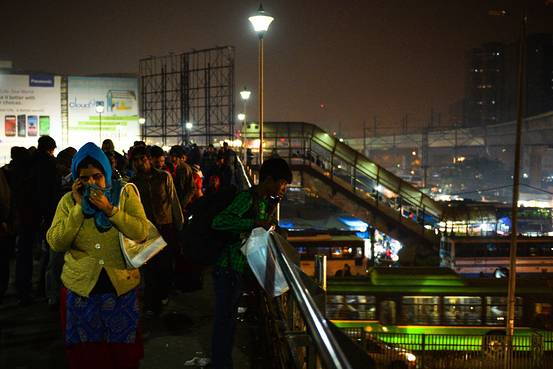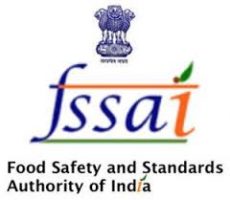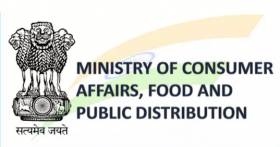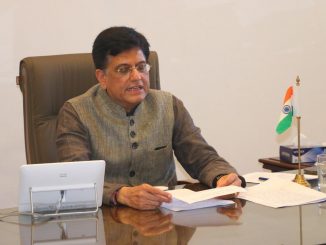
Delhi’s state government hopes to cut pollution in the capital by restricting the number of vehicles on the roads for two weeks from Friday — but there are plenty of people exempt from the new rules. From Jan.1 to 15, those driving cars with license plates ending with an even number will only be allowed on the roads on even-numbered dates.
Those driving cars with license plates ending in an odd figure will be allowed on the roads on the other days. The rules apply from 8 a.m. to 8 p.m. Monday through Saturday and anyone caught breaking them will incur a 2,000 rupee ($30) fine. The air in Delhi rivals that in Beijing as the world’s most-polluted.
Levels of dangerous particulate matter, known as PM 2.5, in the Indian capital often far exceed those deemed safe by the United Nations’ World Health Organization. The tiny particles, from dirt, soot and smoke, can lodge in the lungs and cause respiratory illnesses.
The odd-even rule is part of a raft of measures introduced by authorities in Delhi in recent weeks to try to improve air quality, including a temporary ban on the registration of larger diesel-powered cars, sports-utility vehicles and minivans. But plenty of people won’t have to worry about the new odd-even restrictions.
Women driving alone or accompanied by children under the age of 12, are exempt, as are cars driven by the physically disabled. Two-wheeled motors, basically motorcycles and scooters, as well as hybrid and electric cars and vans that run on compressed natural gas, will be allowed to drive without restriction. This means that tens of thousands of green-and-yellow autorickshaws and black and yellow taxis will run uninterrupted on Delhi roads. Cars with diplomatic and defense ministry license plates, the army, police, and some officials’ cars, including those belonging to the president, vice president and prime minister’s convoys, will be allowed to move through Delhi whenever they choose. Transport department vehicles and paramilitary force motors will also have unfettered access to the roads.
As will cars ferrying members of Parliament, the chief justice of India, judges in the supreme and high courts and state chief ministers. Delhi’s chief minister, Arvind Kejriwal, who is behind the restrictions, has said he will comply with the rules and carpool to get to the office. The rules don’t apply to emergency vehicles, including ambulances and fire engines, and hearses and prison vehicles are also not included.
Remaining drivers without a free pass to ignore the rules have been advised to take the bus or metro, rent a car with the right number plate, or use a car-pooling service. All school students in Delhi are excused from school during the 15-day pilot. In order to free-up enough buses to add 6,000 more to the roads, Delhi’s government has said that it will cancel classes and commandeer school buses to ferry the extra passengers around the city.
Mr. Kejriwal said the government might consider adding motorcycles and scooters to the banned list if the experiment is a success and the odd-even driving rule reimposed. This time around, there isn’t enough capacity in the public transport system to accommodate all the people who usually drive a motorcycle or scooter to work.
When the pilot is over, Delhi authorities will take stock, Mr. Kejriwal said. He added that the odd-even driving plan might be enforced whenever Delhi’s air quality reaches hazardous levels in future, a policy already followed in Beijing.







Leave a Reply
You must be logged in to post a comment.